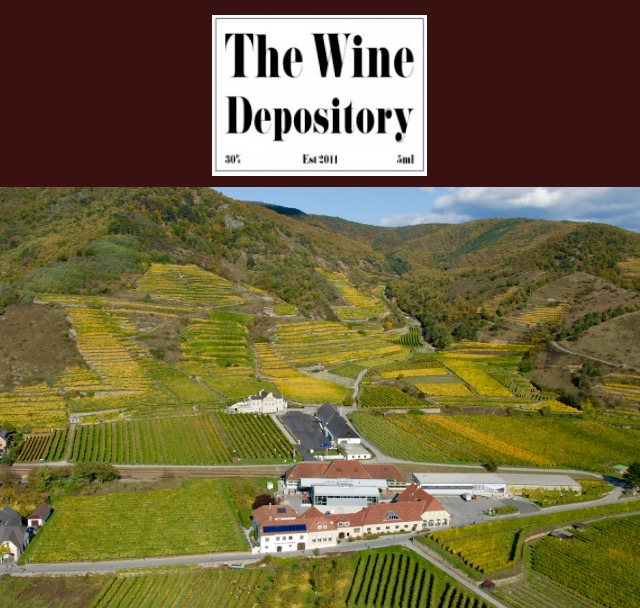March 2017
When /
Wednesday March 8th 2017
Where /
The Recreation, North Fitzroy
 When Phil Smith of The Wine Depository was asked if he wanted to run a dinner with white wine magician Roman Horvath MW from Domäne Wachau, he leapt at the chance. This is a rare and amazing opportunity to sit at a small table with Roman to talk about wine from the beautiful Wachau region, paired with a fine meal from The Recreation.
When Phil Smith of The Wine Depository was asked if he wanted to run a dinner with white wine magician Roman Horvath MW from Domäne Wachau, he leapt at the chance. This is a rare and amazing opportunity to sit at a small table with Roman to talk about wine from the beautiful Wachau region, paired with a fine meal from The Recreation.
Domäne Wachau
This is one of the leading co-operative wineries in the world. Rather staggering is the fact its members cover 30% of the entire Wachau vineyard area. Rather than churning out bulk wine they use close to 440Ha to make beautiful Austrian wine. With this embarrassment of viticultural riches, gleaming along steep terraces reinforced by old, stone-walled vineyards, they can afford to carefully choose what makes it into the bottle. Almost all of their production is Riesling and Grüner Veltliner, culminating in fabulous single-vineyard wines from the likes of Achleiten, Singerriedel and Kellerberg.
Roman Horvath MW, Domäne Wachau Director of Winemaking
Concentrated Grüner Veltliner from Kellerberg is among his favourite wines but Roman also loves elegant white Burgundies. Before making his home in the Wachau, he worked in various roles within the wine trade, including stints in Chile and France. He was the second Austrian to be admitted to the prestigious Institute of Masters of Wine. Roman joined Domäne Wachau as Winery Director in 2004, and has been responsible for the successful quality-oriented restructuring of the winery.
Wines
On Arrival
2015 Domäne Wachau V.D.N. (Veltliner Doux Naturel)
First Course
2015 Domäne Wachau Grüner Veltliner Terrassen Federspiel
2015 Domäne Wachau Riesling Terrassen Federspiel
Second Course
2015 Domäne Wachau Grüner Veltliner Smaragd Achleiten
2015 Domäne Wachau Riesling Smaragd Singerriedel
Third Course
2000 Domäne Wachau Grüner Veltliner Smaragd Kellerberg
2008 Domäne Wachau Riesling Smaragd Kellerberg
To Close
Mystery Wine
2014 Domäne Wachau Beerenauslese
Details
Date: 8th March 2017
At: 7pm
Address: The Recreation, 162-170 Queens Parade, Fitzroy North, VIC 3068
Cost: $200
Seating: Max 10 places available
To book: Call Phil on on 0418 230 482 or email philip@thewinedepository.com.au